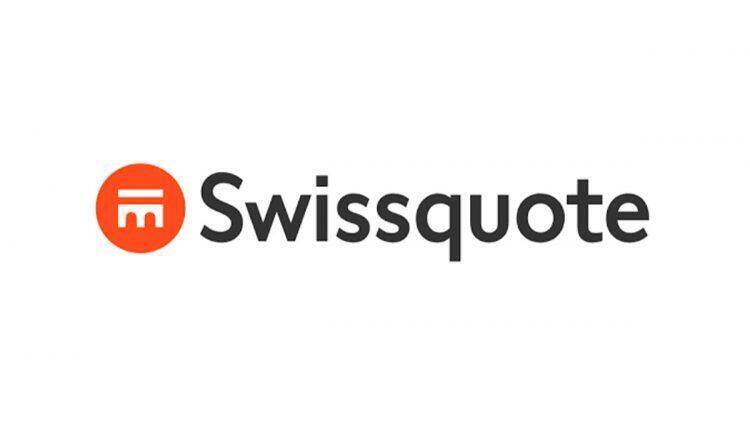Getting Started with the ESP32 Development Board

Most of the time, you’ll want to use an ESP32 development board. This evaluation board might look very similar to Nodemcu, in fact it looks very close to Nodemcu but it is entirely different from the specifications when you compare it with Nodemcu. This board has a 5 volt to 3.3 volt voltage regulator cp2102 usb to uart converter which is used to program ESP32.
Several open-source projects are now available on the Internet, which can be assembled in just a couple of hours. The price of the ESP8266 breakout board is almost half of the ESP32. ESP32 has 38 pins, out of which 30 pins are GPIOs, and ESP8266 has 22 pins, out of which 17 are GPIOs. Due to higher clock speed, ESP32 performs tasks faster than ESP8266. One way to protect data and systems is to use strong cryptography. This can be used to encrypt data at rest (like in storage) or in transit (like when it’s being transmitted over a network).
Specification of ESP Board and Arduino Board
After completing a BEng at the University of Warwick, Robin moved into the field of online content creation developing articles, news pieces, and projects aimed at professionals and makers alike. Currently, Robin runs a small electronics business, MitchElectronics, https://traderoom.info/cmc-markets-a-wholly-reliable-brokerage/ which produces educational kits and resources. To compare the two different devices, it is best to tabulate the data to get a better idea of what each device can offer. Browse 1000’s of projects and gain inspiration for your next venture.
The Lifex ESP32-Tux-Mini Offers a Tiny Path to Energy-Harvesting Experimentation with an ESP32-C3 — Hackster.io
The Lifex ESP32-Tux-Mini Offers a Tiny Path to Energy-Harvesting Experimentation with an ESP32-C3.
Posted: Wed, 31 May 2023 01:49:03 GMT [source]
However, if you already have an ESP8266 board, you can get started with that board and then make the shift to the ESP32. The ESP32 supports Bluetooth communication protocol by default, while the ESP8266 doesn’t. You can set PWM signals in any GPIO with configurable frequencies and duty cycle set on the code. The following table shows the main differences between the ESP8266 and the ESP32 chips (table adapted from AMICA_IO).
What are the disadvantages of ESP32?
The ESP32 family includes the chips
ESP32-D0WDQ6
(and ESP32-D0WD),
ESP32-D2WD,
ESP32-S0WD,
and the system in package (SiP) ESP32-PICO-D4. At its heart, there’s a dual-core or single-core Tensilica Xtensa
LX6 microprocessor with a clock rate of up to 240 MHz. ESP32 is highly integrated with built-in antenna switches, RF balun,
power amplifier, low-noise receive amplifier, filters, and power
management modules. ESP32 devices generally have more GPIO to work with which make them more useable in complex projects.
So, as you can see here, ESP32 is a 32 bit MCU with dual cores, while Arduino Uno is an 8 bit MCU with a single core. So that’s the difference between an SoC, RF module, and development board. Of course, the same concept applies to other chips, like the ESP32.
Introducing the ESP32
This makes them less powerful than SoCs but also more energy efficient. MCUs often have built-in peripherals, such as timers and analog-to-digital converters (ADCs). This makes them well-suited for applications that need to interact with the physical world. The development board equips with an ESP-WROOM-32 module containing Tensilica Xtensa Dual-Core 32-bit LX6 microprocessor. In general, ESP32 devices have more GPIO to work with, making them more useful in complex applications. Because many ESP32 development boards have small cameras, the ESP32 appears to be a very capable device.
It’s not as powerful as the ESP32, but it’s cheaper and easier to use. Summarizing our brief overview, we can say that the ESP8266 is an excellent budget Wi-Fi-based microcontroller but if you need something more energy-efficient and compatible with Bluetooth, consider its successor – the ESP32 module. Both the ESP8266 and ESP32 SoC microcontrollers provide hobbyists with an Internet communication device, but the ESP32 is a slightly better option. In any case, both devices are good representatives of their niches.
What is the difference between ESP32 and ESP8266 module?
The ESP32 is an upgrade over the ESP8266 and includes 34 GPIO pins along with a 160 MHz Xtensa dual-core processor. A 32-bit processor, an ultra-low power co-processor, and several input/output ports, including digital-to-analog converters, are all features of the ESP32.
